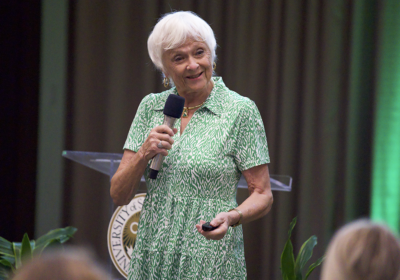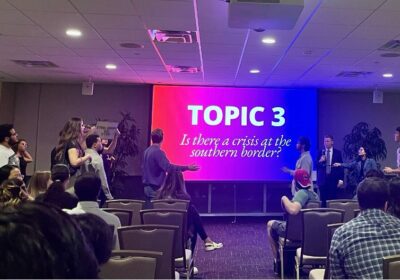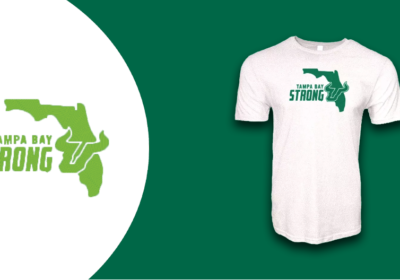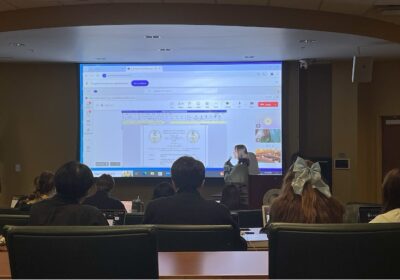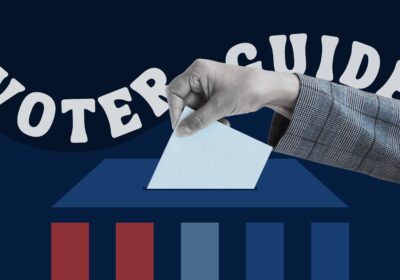Bull2Bull works to lower loan default rate
Six months after graduation, many graduates receive a bill in the mail requesting repayment of student loans they took out to finance their education.
While many students may find themselves daunted by the repayment process and think they are unable to pay back their loans, Bull2Bull Director Dameion Lovett said the goal of the newly created financial aid program, Bull2Bull is to prevent the confusion and to lower the average loan default rate of students who graduate from USF.
“What we’re seeing is that since the families aren’t contributing as much as they used to, more students are turning to the loans to help finance their education,” Lovett said. “In addition to that, they’re also working and they’re working more to try to help fill that gap. If they’re working a lot, it can have an effect on how they’re doing in school.”
The average amount of loan debt that a USF student graduates with after four years is $22,577, and in August 2012, the average 3-year student loan default rate, or rate at which borrowers fail to keep up with payments, at USF was at 9.8 percent, according to the federal student loan website.
Though the university’s default rate is lower than some averages — the average national rate is at 13.4 percent and the average state rate is 16.2 — Lovett said it’s important for the university to work to lower the loan default rate because it ensures the university will remain eligible to receive federal aid for future students.
“If (students) start missing payments and they go into default for not paying their student loans, it affects our ability to provide financial aid to the students who are attending right now,” Lovett said. “If the rate is too high, the federal government starts imposing sanctions and fines and if the number is out of the roof, the school could lose its financial aid eligibility.”
Martine Kone, assistant director for the Bull2Bull program, said USF’s current rate, which Lovett said he estimates will be at about 10 percent for this school year, is average for colleges, but that colleges can be put on probation when they near 15 percent.
Other universities in Florida, such as the University of Central Florida and the University of Florida, have default rates of 7.5 percent and 3 percent, respectively.
“We’re still safe for now, especially for our size and the number of borrowers we have,” Kone said.
USF administrators hope the Bull2Bull program, a financial literacy program with a peer-to-peer consultation approach, will help meet that goal by giving students an alternative place to find financial advice, creating a budget and getting information on preparing to pay back their student loans.
Lovett said approximately 40 students have visited the Bull2Bull office on the second floor of the Student Services Building, where a staff of peer educators — students trained to assist other students with their financial questions — and professional staff work to find resources to provide to USF students about how to manage their money.
When students visit the office for assistance with building their budgets, sessions usually last about 35 minutes, James Wilson, team manager for the program, said. Students are walked through how to use tools, such as an online cost calculator and how to determine ways they can make cuts in their budgets to save money.
Peer educator Tyler Schmidt, a graduate student in the accounting program, said one of the things the group is working on to promote the program is finding creative ways to spread the word about Bull2Bull’s services to the student body.
“One of the challenges is that students don’t think they need us yet,” Schmidt said. “But they’re not going to realize it until it actually happens that the loans are accumulating.”
Schmidt said as a peer educator, he is able to use his own personal experience with the student loan repayment process, to inform students of their options for clearing their debt — information that Schmidt said he wishes he had as an undergraduate student.
“Sallie Mae just sends you the bill, but I didn’t know about all the options for repayment options,” Schmidt said. “You can have an income-based payment, where they only charge you 10 percent of your income. I wish I had known that because I would have contacted Sallie Mae and said ‘This is the payment plan that I want.’ I just went off the payment plan they give me. I also didn’t know you can work in the public sector and have it forgiven for 10 years. I probably would’ve applied for a couple jobs outside of private firms.”
Peer educator Eliana Lozano, a freshman majoring in biomedical sciences, said a visit from a graduate student a couple of weeks ago was a good reminder of what students are realizing about their financial situations. 12


